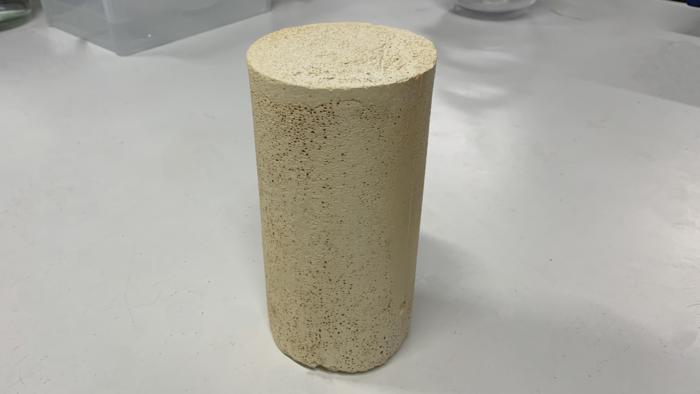One of the old “Holy Grails” of papermaking, with roots in ancient China, was manufacturing paper to be super absorbent, first for artistic effects and later for commercial needs such as cleaning.
A relatively new “Holy Grail” in papermaking is manufacturing paper that is “super repellent.” This new process comes from the Greek words “hydros” meaning water and “phobos” meaning fear.
Having paper that repels water like duck feathers has many applications in modern commerce, such as keeping the explosion packages sent via delivery services dry. There are also new applications in industrial manufacturing and the production of medical devices.
Paper is now manufactured on the nanoscale using methods that roughen the surface of paper, remove the outer absorbent cellulose layer and apply a thin fluorocarbon film, about 100 nm thick, creating a super hydrophobic surface. Some new hydrophobic papers have multiple layers to improve resiliency in a variety of conditions.
Researchers from Georgia Tech in the US to Japan and China have developed a new family of hydrophobic coded consumer and industrial products that repel all types of liquids from water to heavy oils. As water or other liquids come into contact with a hydrophobic surface
In life-sciences applications, the fabrication of paper on the nanoscale allows the paper to guide biological reagent flows so that biochemical “wetting patterns” can be well controlled and medical analyses carried out.
Related aricles on IndustryTap:
- Plant Power: Dutch Company Harvests Electricity From Living Plants
- Solar Cell Research “Births” New Field Of Nanobionics
- Vertical Farming Factories Delivering Eco-Produce
References and related content:






